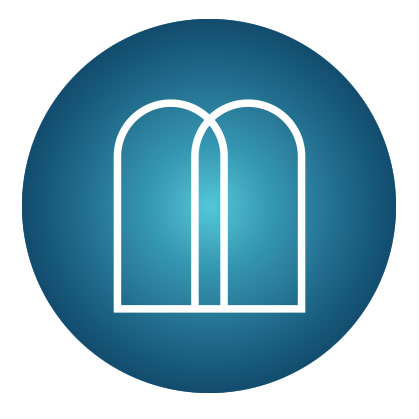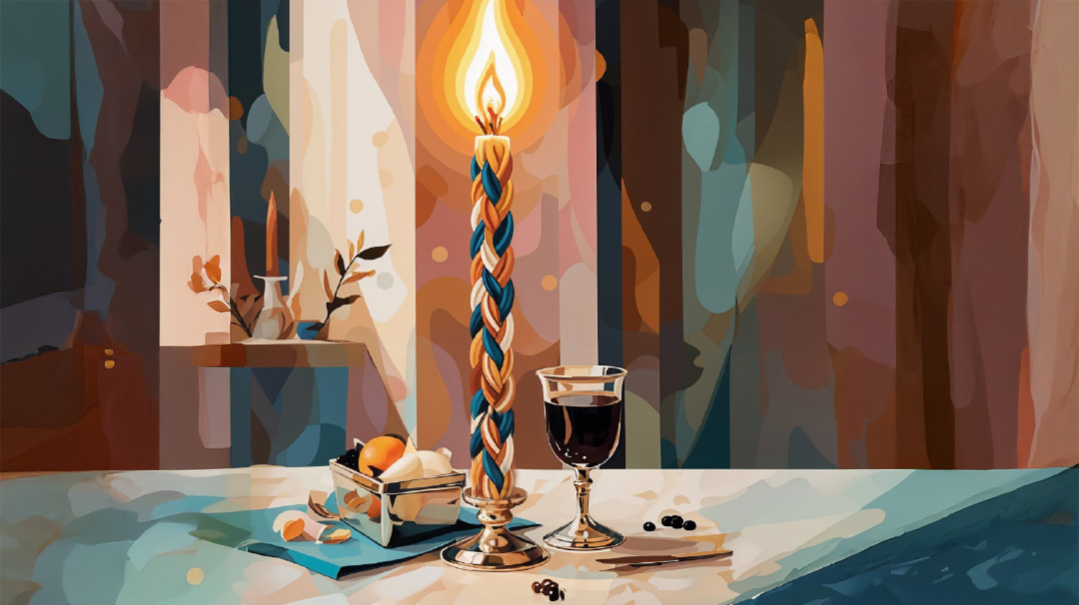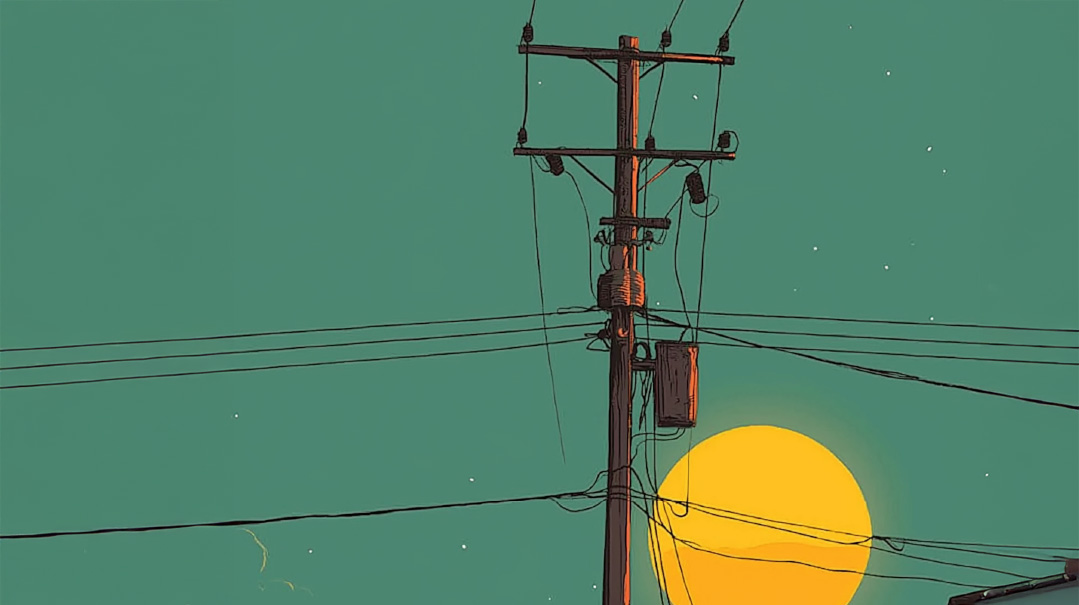Bread and Beyond

The halachos of challah

Prepared for print by Faigy Peritzman
I’m making a huge batch of chocolate cookies for my son’s chalakah. Do I need to take challah from cookie dough?
If you’re using more than 2 lbs., 10 oz. of flour, take off challah without a brachah. If you’re using more than 5 lbs. of flour, take off challah with a brachah. If the cookie dough is not really a dough but a liquid batter, then challah is taken after the cookies are baked. All the cookies should be placed in a bin or a basket, and then challah should be taken.
I’ve heard so many conflicting responses, I’d like some clarity of what’s the best way to dispose of the challah dough removed.
The most practical and halachically preferable method is to burn the challah until it’s no longer edible. You do that by first flattening the piece of challah as much as possible (like a cracker), double-wrapping it tightly in foil, then burning it inside the oven (preferably on the oven floor, not on the rack) until it is completely burned. It can then be placed in the garbage.
Under extenuating circumstances, when burning the challah is impractical, it is permitted to carefully wrap it in a bag and bury it or dispose of it in the garbage.
(Some women find it difficult to burn the challah and instead place it in the freezer to be burned at a later time, such as on Erev Pesach with the chometz. There are several reasons why this is strongly not recommended; this “custom” should be discontinued.)
I often make two huge batches of challah in two separate mixing bowls. Should I take challah separately from each one?
If each batch of challah contains 5 lbs. of flour or more, remove the doughs from the mixing bowl and place them on the same table or counter (they do not necessarily need to touch each other), and then take off challah from one of them, having in mind the other batch as well. If you prefer that the doughs remain in their mixing bowls, then the two bowls should be touching each other before challah is taken.
If one or both of the batches contains less than 5 lbs. of flour, but together they amount to more than 5 lbs. of flour, then the two doughs may be combined for purposes of taking challah with a brachah.
Doughs can be combined by pressing them firmly together, by placing them in one deep utensil so that they’re touching each other, or by wrapping them together in a towel or sheet.
Keep in mind that to combine the doughs for the brachah, they must contain the same ingredients, and be similar enough that you would not mind them getting mixed. This means that challah dough and kokosh or cinnamon bun dough, for example, may not be combined.
When buying bread crumbs, must I make sure that challah was taken at the factory?
If it’s a Jewish-owned factory, then challah must be taken. In most cases, the kosher certifying agency will take care of this as part of their supervision of the factory.
Do I take challah from my sufganiyot dough if I am frying them?
Sufganiyot are generally made from a liquid batter, which is then deep-fried in oil. They are exempt from the obligation of challah, even if the total amount of flour in the batch is more than 5 lbs. But if the liquid batter was baked in an oven or fried with a minimum amount of oil, then challah is taken with a brachah.
I know the mitzvah of challah is a woman’s special mitzvah, but why is it specifically a time for tefillah?
Any time a mitzvah is performed, it becomes an eis ratzon for tefillah. For this same reason, women daven when they light Shabbos candles.
I really can’t believe I could be so forgetful, but I only realized on Shabbos, right before Kiddush, that I forgot to take challah from last week’s dough. What should I have done?
It is prohibited to separate challah on Shabbos; therefore, there is nothing that can be done, and the challah loaves may not be eaten. If, however, this oversight occurred outside Eretz Yisrael, the challah loaves may be eaten so long as you intend to separate challah after Shabbos from whatever will remain of the challah loaves you had baked.
The following procedure is followed:
- Make sure that a small piece [e.g., one slice] remains from the loaves you baked.
- You must separate, with a blessing, a piece from that remaining slice after Shabbos or Yom Tov is over. That piece is then burned like any other separated challah.
As a playgroup teacher, when making homemade Play-Doh, do I need to take challah?
Only if you’re planning to eat the Play-Doh.
(Originally featured in Family First, Issue 809)
Oops! We could not locate your form.







